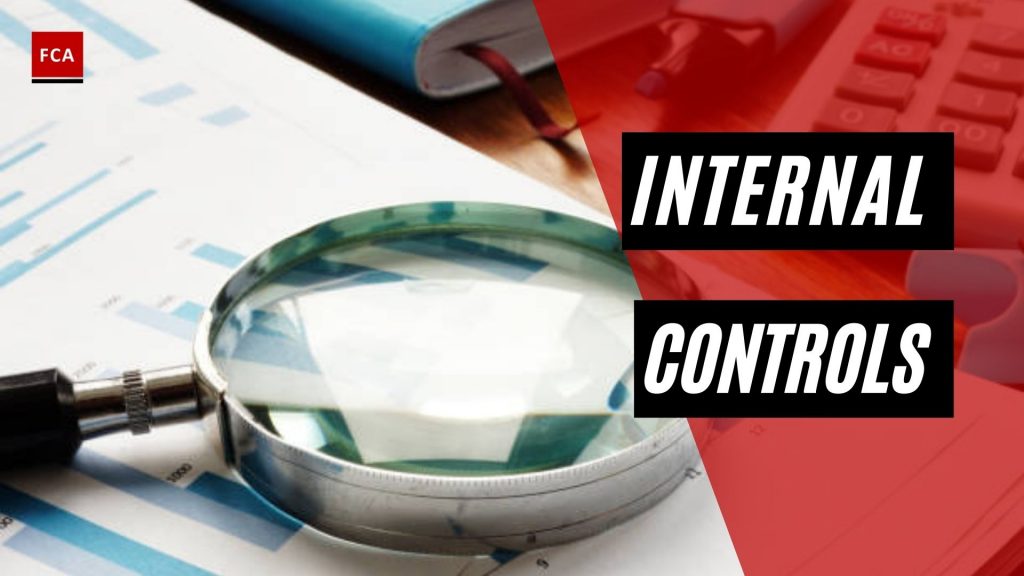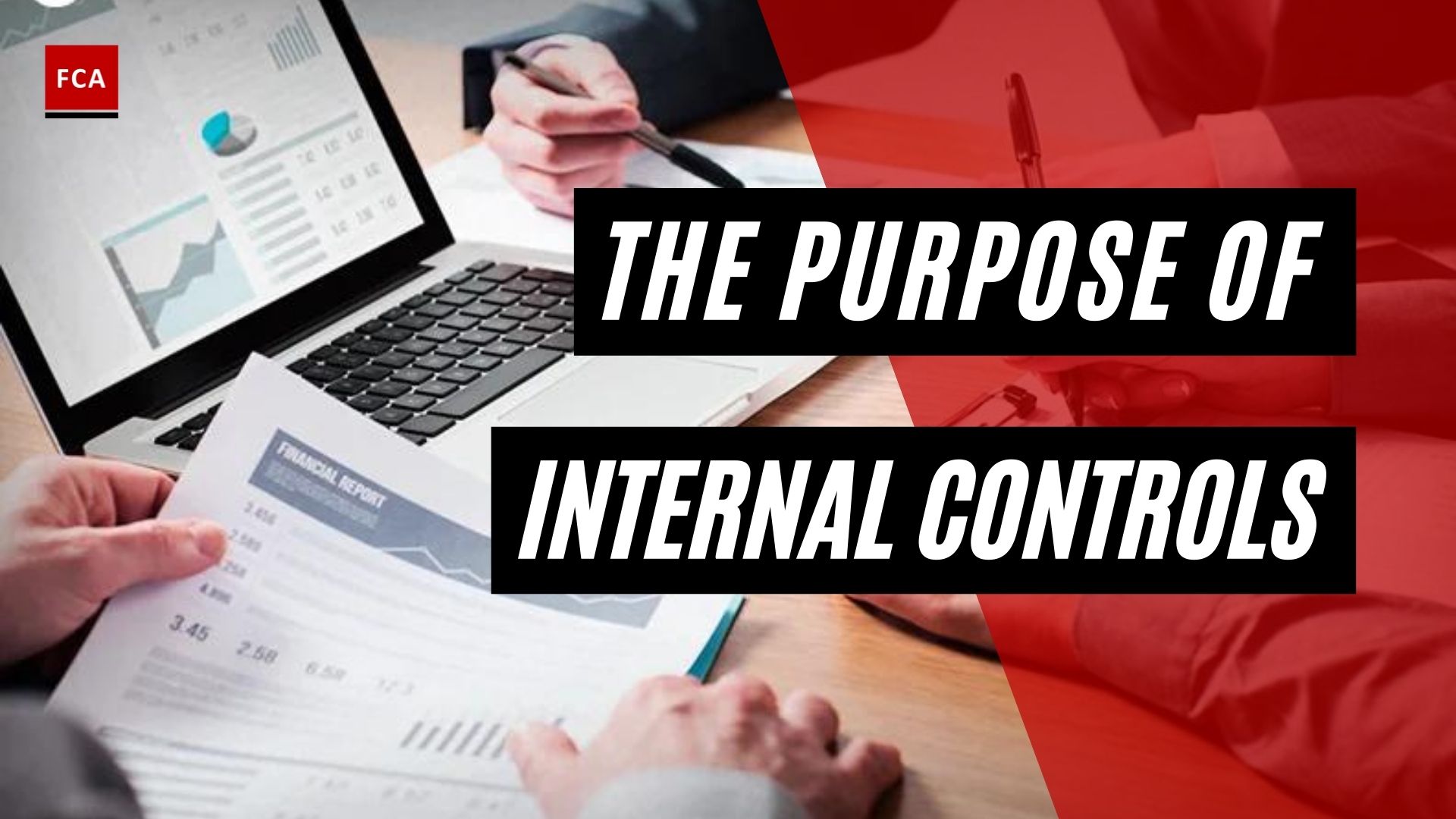Internal controls refer to processes, policies, and plans designed and developed and implemented by an organization at all levels.

What Is Internal Controls?
Internal controls are the responsibility of everyone working in the organization, but for the controls to be effective, they must be enforced by senior management. Internal controls can support the organization in avoiding risks and help an organization move toward the achievement of its objectives and mission. Internal controls provide reasonable assurance about the effectiveness and efficiency of operations, reliability of financial reporting, and compliance with laws and regulations.
A system of internal controls consists of operational, financial, and compliance controls. The purpose of such a system is to minimize risks and achieve the objectives of an organization. The internal control system ensures that the business activities are efficiently run, information obtained and produced is reliable, and all applicable laws and regulations are complied with by management and employees.
An internal control system supports the board of directors and senior management of an organization in the identification, assessment, and mitigation of various types of risks and threats, which may be encountered in the fulfillment of business objectives. Risks to which an organization may be exposed include operational risks, compliance risks, and financial risks. Such risks may relate to different departments, functions, or units within an organization.
An internal control system encompasses the hierarchy, policies, processes, and operating procedures of an organization that, taken together, facilitate in minimizing the chances of occurrence of risks and ensure business operations are run effectively.
A robust internal control system aims to safeguard physical assets and information from being accessed and used by unauthorized personnel. Assets may be physical assets such as property, plant, or equipment and intangible assets such as software or patents.
Internal control systems require the development and maintenance of processes and records that generate timely, relevant, and reliable information and ensure compliance with applicable laws, regulations, and internal policies. An effective internal control system reduces the possibility of significant errors or lapses by management and employees and assists them in their timely detection for appropriate mitigation.
Internal control systems vary from organization to organization and are built depending on the size and business requirements of the organization. To understand their need for internal controls, organizations may be classified into three types. These types are small organizations, growing organizations, and large organizations.
Smaller Organization
In many smaller businesses such as start-ups, sole proprietorship, or partnerships, the responsibility for the development and implementation of internal controls lies with the owners or directors themselves. These individuals are fully engaged in the business on daily basis, and if their employees are engaged in any business activity, then the owners remain fully aware of those activities. In these types of smaller businesses and organizations, processes are usually simple, require the involvement of fewer employees, and each transaction is reviewed and authorized by the business owners.
Growing Organizations
As organizations grow, the need for structured processes, systems, and internal controls increases. Large organizations focus on increasing the market share and specialization. Therefore, they adopt modern ways of doing business. For these growing organizations, it usually becomes difficult for the board of directors and senior management to remain fully aware of what is going on in different parts of the business and its operations.
The focus of growing organizations tends to be more on increasing the market share not the development of refined processes and internal controls. To develop and implement processes and controls, the board of directors forms different functions and departments to perform relevant processes and controls. Each department is run by a dedicated head who is provided with some resources to manage the growing business needs and requirements, within an acceptable level of overheads.
Large Organizations
In large and established organizations, the requirement for effective governance structure is crucial. Ideally, the board of directors, together with the senior management, is responsible for ensuring that appropriate internal controls are developed and implemented in relevant units of the organization. The board of directors is the agent of the shareholders, so they are accountable to the shareholders. In large organizations, the focus of the board of directors is on the business growth and maintenance of current market share, to achieve the objective of maximization of shareholder’s wealth among other objectives the shareholders may have.
The board of directors of large organizations commonly authorizes the senior management – comprising of specialists and experienced professionals – to develop and implement the policies, processes, systems, and internal controls. Senior management may include the functional or departmental heads, who head and run the daily business and operational activities of their departments through a dedicated team. All functional or departmental heads in an organization combine and form a management team to ensure that all business and operations activities are directed toward the achievement of the organization’s mission and objectives.
Senior management develops certain processes and systems to ensure that business and operations are running smoothly. Such processes and systems include controls to ensure compliance with applicable laws, regulations, and reliable financial reporting to shareholders and other stakeholders.









